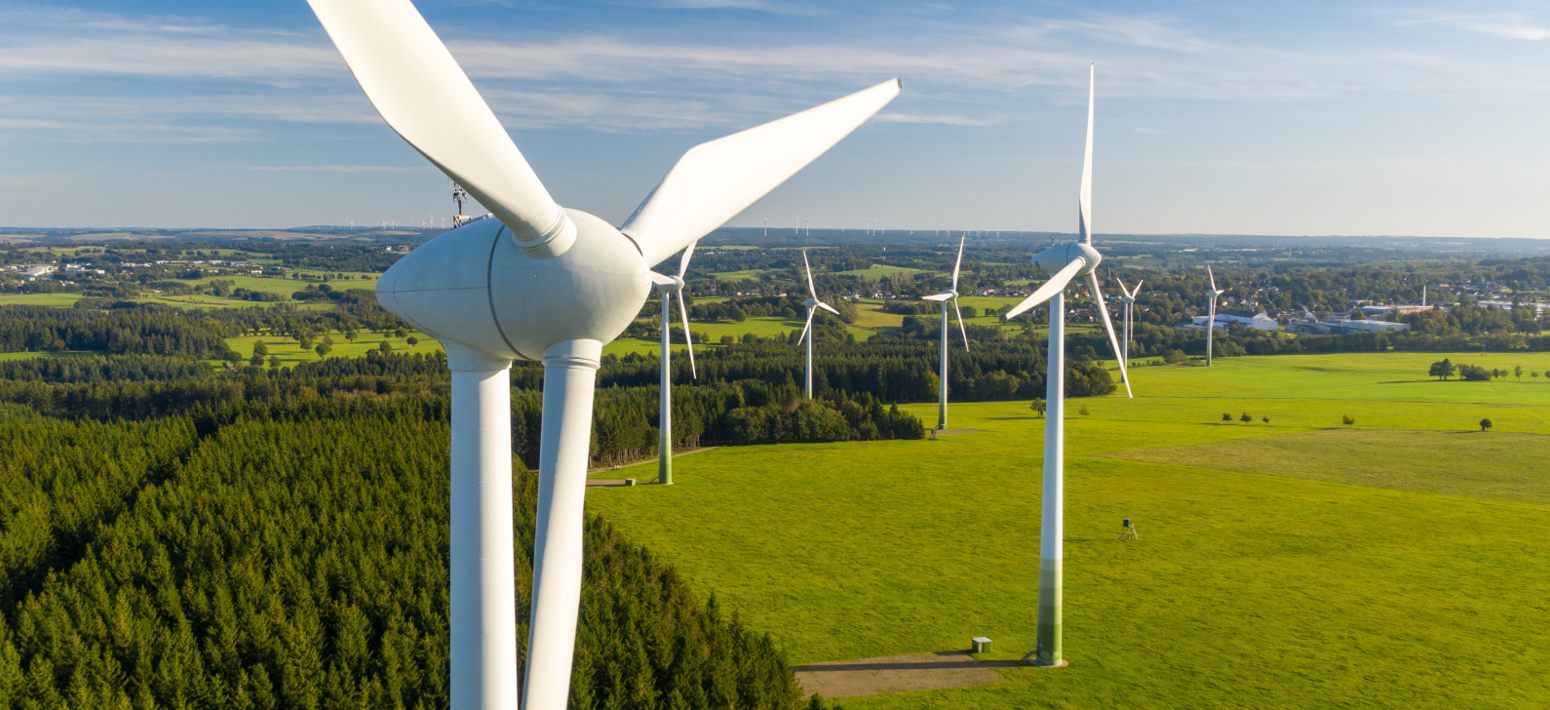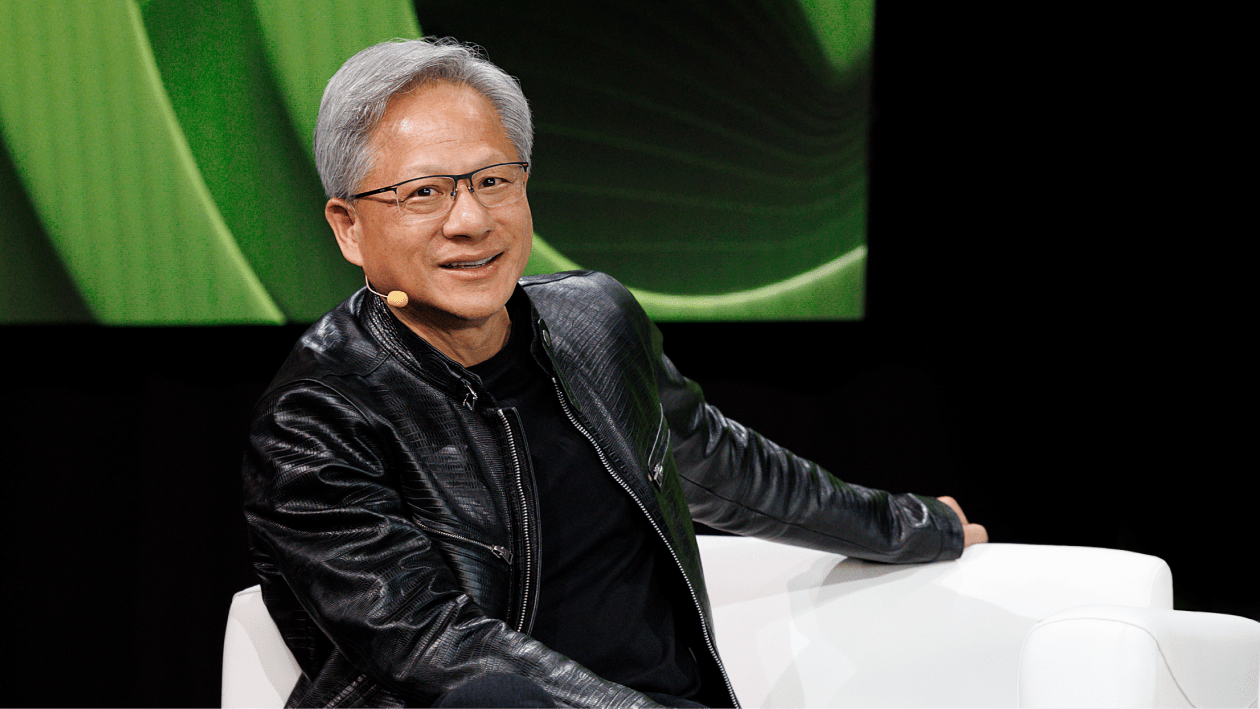- engineers started desioging engine type 3 for intelligence- previously from 1865 they had designed connetivity engines: eg telecoms directly connected us; grids like electricity explained where citizens poyematially became most collaborative =productive across generatiomns as long as wars and [pagues were avoided; previously Scots in 1750s had satrted type 1 engines around prysiuxcal power & automation
- Da'ds studies in Keyne's class at Canbridge were ionterrupted for 2 yeras as he served as navigatir allied bomber command stationed to fly over modernday Myanmar & Bangladesh. Fortunately dad survived; returned to be in Keynes last class; was hired by The Economist editor Geofrrey Crowther. Geofrrey had just poblised the centenary autobiography of The Economist. He concluded that The Economist's job to help UK royal families changhe constitution fto slavemaking empire to commonwealth was not practoicval as evidenced by 2 world wars unless journalists questioned leaders afatser thahn engineer chnages sytsems. Hence dad Noram was sent to Princetion to finfd pout from The Ney about their revolutionary new computing machines
`````````````````````````````````````````````````````````>
Dad became Vo Neumann's biogra[her. Two particular chalenges Neumann stressed - value way abpove zero sum exhcngaes- expect 3 waves of million toimes more tech:
computaiuonal eg evidenced by motres law 1865-1995
satellite transmission data between ever gps and in space -essentialy 1G to 5G circa 1989 to 2015
chnage of computer design to bring million tike more analysis to deep data -essentially what partners of Jensen Huang have accelerated . Fortunatley since 2015 about 8000 partners conversations have been logged up here and year of 2024 has seen 5 nvidia summits:
Japan November;
Summet Taiwan
Spring Santa Clara.
We can start to see that nvidioa parynerships foit the chapter outlines
We like to play AI Games around unique patters brilainat ai connectorts make wiuth other AI wizards. It surprises some to hear that Jensen is the longest runnmiong tech XEO in the Valley since 1993; Nvidia was foudned to design a computer capable of stuff the old cpu could nt do (efficuently); games were a first compass; but deep data analyses eg weather data colected by Nasa or patern analysis needs of eg radiographers were fields Jensen believed need deep co,mputiung ;it was probably 2009 that he met both Hassabis and zfei-fei Li ; and what they told him inspired his bet thje comapny acceleration of optimal computer design for deep learmimg; Hassabis soulgt to train computers on pattern ghames like go convinced these would put hios company in line for winning the protein mapping cpompetition whichn deep mind did; fei-fei li expaliend she aimed to host teh bigesdt ever data competition- imagenet was designed as li believed we needed machines to communicate in teh 5 humanm senses before they copuld also be safe autonomous rob its; the breathrough winner in 2012 alexnet. This was the ,moment ai sudeenlyu became the bigghest vc investment space. ...
it feels as if Jensen has joyfully created platforms in most routes to beter futures foir humanity: in addition to miantainimng friendshsipw ith Li and Hasabis, he has twinned stanford and taiwan with opther taiwanese american wizards most notably Maurice Chjang, Jerry Yang family, Jospeh Tsai Family ..
he has encouraged coders toi connect openly to the ncuda operating system (as early as 2010 a worldwide list of long term university partners) from 2016 poartnering with pixar for visuial optimisation of gpus; connecting with eg both adobe and getty imags so artists can maximise vale; he's connected withg partners like dell and hp and over in taiwan lenovo so taht end to end data analysis is integrated and served;
he's helped make sure that taiwan chipa manufactures digital twin their factories so they can likely stay aged in chip poduction and taiwan can be an overall world leader in tech
he's found ways to aprtner us 5 big digitals in ways taht seem to give eaxch its own u8inque route and overall may return web3 to far deeper erspect of society than some of what web 2 social media got up to
he parners bsuienss to busiens soft platforms and adviusers eg salkesforce snoiwflake servicenow databricks ... acenture ...
he was eraly into self-driviung car platforms seeing this as first step to mobile autnomous machienbs
his design space for robots and both way translation n2d to 3d omniverse is one of a kind
various enterpriese sectiors have their own NIMs etxnedniung the operatinmg language to poarticula models sectors may need
summit sampler
nvidia's 18000 clud of ai startups spanbs over 100 countries and includes vc's championingh most countries
he has often spotted algorith wizards before their breakthrough or interviewed thenm the first nvidia summit after their brteakthrough
the proof is in the pudding with about 60 recodered jensen presentaionat his own summits befoire search ing yuoutuibe for which annual gatherings has he spoken to
overall nvidia may be seen as an example of 20 thriving imntrapreneurial spaces but many capable of seeing where they need toi crissover funbctions and skills
when it comes to seeing ai as an inspiration perhaps france is the only riuval to what seems to have been consequence of 2009 meetiungs in stanford oif jensen hassabis li facilitated by mooc co-founders ng and keller as well as the celebration of surrounding technolo9gies and neuroscoience planted by yang and stai families
PUBLIC INTEREST AI

Decisions made by artificial intelligence (AI) systems have direct and growing influence on our societies, their organization and the environment. Therefore, AI should be considered to be a policy component geared towards economic, social and environmental progress. Today, a number of risks have been identified, including the rapidly growing digital divide and excessive concentration of the AI market. To curb them, it is important to ensure equal access to AI so that everyone across the globe – including large companies and start-ups, researchers and students – can benefit from it and develop new ideas to realize its full potential while helping to identify its limits.
Ahead of the AI Action Summit, work needs to be done to build a common and open infrastructure to implement this vision in concrete terms at all points in the AI value chain, from access to data and computing capacity to the development of low-energy models adapted to specific needs.
A fully inclusive approach should be used, involving as many AI ecosystem stakeholders as possible from all backgrounds. Civil society – including researchers, experts, and NGOs specialized in IT – will be closely involved in the entire process from now until the Summit. Moreover, this work will be conducted in direct cooperation with AI actors who seek to develop similar and/or complementary initiatives, including within the United Nations.
The building of this open infrastructure will be based on the following objectives:
- Promoting the accessibility of AI systems;
- Encouraging the development of more cost-effective models to serve the common interest;
- Fostering access to structured datasets that respect individual freedoms to drive tangible AI breakthroughs in the areas of health and the environment;
- Developing a greater distribution of access to computing power;
- Training future talents at global level;
- Increasing resources for auditing and evaluating models;
This initiative would be based on a multi-stakeholder governance and could have its own investment capacity.
Updated : 2 October 2024









































































































No comments:
Post a Comment